As air quality plunges to hazardous levels, Gurugram’s civic and environment officials weigh artificial rain to break the stagnant pollution cycle.
In a move that blends innovation with desperation, the Gurugram administration is exploring cloud-seeding technology to clear its heavily polluted skies after air quality deteriorated sharply in the wake of Diwali festivities. The proposal, though still in its feasibility stage, reflects the mounting urgency among NCR authorities to find tangible relief from chronic winter smog.
The City Under a Canopy of Smoke
Gurugram, October 24 – Days after Delhi-NCR slipped into the “very poor” air category, Gurugram’s skyline has become a dull grey canvas of suspended dust and smoke. The city, once synonymous with gleaming glass towers and high-speed expressways, is now wrestling with visibility under 800 metres at dawn and a persistent afternoon haze that fails to lift even with moderate winds. Amid mounting public anxiety, the district administration, in coordination with the Haryana State Pollution Control Board (HSPCB), is evaluating artificial rainfall via cloud seeding as a short-term intervention to settle airborne pollutants.
District Commissioner Nishant Yadav confirmed that preliminary discussions have been held with private meteorological firms and the Indian Institute of Tropical Meteorology (IITM), Pune — the agency that carried out similar pilots in 2018 and 2023. The administration is also in touch with the India Meteorological Department (IMD) and NewSpace India Limited (NSIL) for aircraft availability and regulatory clearances if the project moves forward.
“We are examining technical feasibility, cost implications, and weather compatibility. Cloud seeding is not a magic wand, but if atmospheric moisture aligns, it can provide temporary relief for a few days.” — Nishant Yadav, Deputy Commissioner, Gurugram
The Science Behind Cloud Seeding
Cloud seeding involves dispersing silver iodide, sodium chloride, or dry ice particles into moisture-laden clouds to catalyse condensation, encouraging rainfall. The particles act as cloud condensation or ice nuclei, around which water vapour can cluster and grow into droplets heavy enough to fall as rain. Success depends on specific atmospheric pre-conditions: relative humidity above 60 percent, sufficient cloud depth (typically 2–3 kilometres), updraft strength, and wind vectors that keep developing droplets over the target zone long enough to precipitate.
According to atmospheric scientists, the method enhances ongoing cloud processes; it cannot manufacture rain without suitable clouds. Modern implementations rely on weather radars, numerical models, and GPS-tracked flare releases to time and position the seeding runs with precision.
“The process can only succeed if natural clouds already exist. We cannot manufacture rain out of thin air; we simply enhance the micro-physics within an existing system.” — Dr Aparna Venkatesh, Senior Meteorologist, IITM Pune
Why Gurugram Needs Urgent Relief
The city’s AQI breached 390 on Thursday, edging into “severe” territory in multiple neighbourhoods as vehicular emissions, construction dust, and smoke from regional stubble burning converged. Local monitoring stations at Vikas Sadan and Gwal Pahari reported PM 2.5 concentrations between 280–320 µg/m³ — nearly 18 times higher than the WHO’s guideline. Hospitals, including Medanta and Artemis, report a spike in out-patient visits for wheezing, cough, and breathlessness, particularly among children and the elderly.
Public-health experts warn that repeated exposure at such levels can aggravate asthma, reduce lung capacity, and heighten cardiovascular risks. Schools have shifted outdoor activities indoors, gyms are throttling classes, and delivery workers are doubling up masks. In this climate, even a temporary washout could interrupt the exposure chain for a few days.
“Pollution today is equivalent to smoking 10 cigarettes a day for many residents. Artificial rain may be temporary, but any reprieve helps break the exposure chain.” — Dr Sanjay Kalra, Pulmonologist
What the Numbers Say
| Metric | Latest Reading | Reference/Guideline |
|---|---|---|
| AQI (City Avg.) | ~390 (“Very Poor/Severe” threshold) | AQI 0–50 is “Good”; 300+ is “Very Poor/Severe” |
| PM 2.5 Hotspots | 280–320 µg/m³ | WHO 24-hr guideline: 15 µg/m³ |
| Visibility (Morning) | 600–800 metres | Normal urban winter: 2–4 km |
Economic and Administrative Push
Within the Municipal Corporation of Gurugram (MCG), a provisional outlay of ₹ 70–90 lakh has been ear-marked for a two-day pilot, contingent on meteorological clearance. If approved, a small fixed-wing aircraft fitted with pyrotechnic flare racks would take off from Delhi airport or the Bhiwani airstrip to target pre-identified cumulus clouds drifting over Gurugram’s smog-laden belts, including NH-48, Dwarka Expressway, and industrial clusters of Udyog Vihar and Manesar.
The decision will hinge on IMD forecasts indicating suitable cloud cover and humidity. The Commission for Air Quality Management (CAQM) has been briefed to coordinate flight corridors with Delhi, Faridabad, and Rewari, ensuring that any precipitation has a contiguous cleansing effect over the broader NCR.
Residents React: Between Hope and Skepticism
Public opinion oscillates between welcome and wariness. For parents struggling with night-time coughs and schools juggling timetables, even a brief respite feels worthwhile. Environmental groups, while not dismissing the plan, caution against letting a high-visibility intervention overshadow structural fixes such as dust control, public transport, and clean-fuel transition.
“Artificial rain is fine for headlines, but Gurugram needs year-round emission audits, not episodic rain miracles. Still, if it reduces hospital visits even briefly, we’ll take it.” — Rashmi Singh, Environmentalist, IamGurgaon
Past Experiments and Global Context
India has dabbled with cloud seeding since the 1980s to blunt droughts in Maharashtra and Karnataka. In 2018, Delhi partnered with IIT-Kanpur for a limited trial; precipitation was recorded in one of several seeded clouds, with marginal reductions in PM loads. Internationally, China, the UAE, and Thailand have deployed weather modification to improve rainfall or mitigate haze, though peer-reviewed consensus on efficacy remains nuanced.
Scientists emphasize that while seeding can temporarily wash out particulates, concentrations often rebound within 24–48 hours if emissions continue apace. As such, administrators view it as a band-aid during acute episodes, not a substitute for long-term abatement.
The Technical Playbook (Proposed)
- Cloud identification using Doppler radar, satellite imagery, and mesoscale model guidance.
- Aircraft sorties with silver iodide or salt flares released into selected cumulus formations.
- Operational altitude: 7,000–10,000 ft based on temperature profiles and cloud thickness.
- Monitoring via six ground sensors stretching from Sector 29 to Sohna Road to track rainfall intensity and AQI changes.
- Post-operation audit and white paper to report success ratios and pollutant washout efficiency.
Execution criteria include a humidity threshold of at least 60 percent, sufficient liquid water content, and wind fields that keep seeded clouds over target zones long enough to precipitate. In case of marginal conditions, sorties will be deferred to preserve budget and avoid false expectations.
Parallel Measures on the Ground
Even as the cloud-seeding idea advances, the MCG has stepped up street-level suppression. Over 300 sprinkler tankers now operate on arterial corridors, mechanical sweepers run double shifts, and construction sites larger than 500 sq m must install wind barriers and anti-smog guns. The city has levied penalties up to ₹ 1 lakh for non-compliance, while traffic police enforce no-idling norms at major intersections.
Last-mile fleets have been nudged toward temporary CNG or electric operations during peak smog windows. Critics, however, flag uneven enforcement between premium boulevards and industrial belts.
“We see sprinklers on Golf Course Road but not consistently in Udyog Vihar. Cloud seeding should not distract us from everyday basics.” — Vivek Khatri, Clean-air Activist
Stubble Smoke: The Cross-Border Variable
Satellite fire counts compiled by agricultural agencies show over a thousand residue-burning hotspots across Punjab and Haryana this week. With westerly winds forecast to intensify, fine particulates are likely to drift into NCR’s airshed through the weekend, pushing AQI higher even if local emissions are controlled. Haryana officials claim a year-on-year decline in farm fires due to decomposer sprays and mechanized collection, yet ground enforcement remains uneven.
Expert View: Costs, Benefits, and Unknowns
Economists argue that even modest reductions in PM exposure can avert costly hospitalizations and lost productivity, justifying a limited cloud-seeding outlay during high-risk episodes. Environmental scientists, however, call for careful monitoring of silver iodide residues, groundwater impacts, and unintended weather effects, even if the deployed quantities are small by global standards.
| Consideration | Potential Upside | Potential Risk/Limit |
|---|---|---|
| AQI Relief | Short-term PM washout, visibility improvement | Rebound within 24–48 hours if emissions persist |
| Health Impact | Lower acute exposure for vulnerable groups | Benefits diminish without source control |
| Environment | Limited chemical load per operation | Need post-rain residue and runoff monitoring |
Governance and Transparency
Administrators acknowledge that public trust hinges on transparent procurement, independent scientific evaluation, and open data. Any pilot is expected to publish operating windows, meteorological parameters, seeding logs, rainfall maps, and pre/post AQI time series. Third-party auditors from academic institutions may be invited to validate outcomes and recommend course corrections.
Health Advisory: Living Through a Smog Spell
- Wear a certified N95 or FFP2 mask outdoors; avoid cloth masks for pollution protection.
- Keep windows closed during peak hours (late night to morning); ventilate when AQI dips.
- Use indoor air purifiers with HEPA filters; replace filters as per usage.
- Limit outdoor exercise; consider low-intensity indoor workouts until AQI stabilizes below 200.
- Stay hydrated; consult physicians for pre-existing respiratory or cardiac conditions.
Timeline: How a Pilot Could Roll Out
| Phase | Date/Window | Milestone |
|---|---|---|
| I | Oct 24–27 | Feasibility review; IMD/IITM technical assessment |
| II | Oct 28–Nov 3 | Vendor onboarding; airspace and safety clearances |
| III | First favorable moisture window | Seeding sorties; real-time AQI and rainfall monitoring |
Politics and Public Finance
The proposal has stirred predictable ripples. Opposition leaders deride it as optics; ruling-party representatives tout it as agile governance. Civil-society groups insist funds for emergency weather operations must not cannibalize allocations for green buffers, bus electrification, or dust-free construction mandates. The district environment committee meets next week to weigh trade-offs and determine whether to greenlight a pilot or redirect funds to permanent abatement.
Roadmap to 2028: Beyond Firefighting
Gurugram’s draft “Clean Air 2028 Plan” aligns with the National Clean Air Programme and proposes a 30 percent emission reduction over five years. It envisages an electrified bus fleet by 2027, mandatory retrofit of diesel gensets with cleaner fuels or particulate filters, a real-time emissions dashboard for industrial clusters, expansion of Aravalli green buffers, tighter soil-stabilization norms at construction sites, and incentives for rooftop solar and EV charging hubs. A consolidated data backbone would link traffic counts, construction permits, and stack emissions to enforcement teams via geofenced alerts.
Citizen Voices: The Human Core
For many residents, the debate is not academic. Parents report children waking up coughing despite indoor purifiers. Runners track AQI like weather. Office-goers carry inhalers. Gig workers weigh the trade-off between earnings and exposure. The sentiment is blunt: even a few cleaner days matter.
“This is not lifestyle pollution anymore; it’s survival pollution. If artificial rain can help us breathe for a few days, why not?” — Priyanka Chhabra, Resident, Sector 56
Bottom Line: Science, Symbolism, and the Long Game
Cloud seeding straddles the line between emergency science and public symbolism. It can rinse the air today but cannot rewrite tomorrow’s emission ledger. For that, Gurugram must hardwire prevention into mobility, construction, energy, and waste systems. As meteorologists scan for moisture and administrators weigh costs, the public message is clear: rapid relief is welcome, but structural reform is non-negotiable.
Conclusion
As the city waits for a break in the weather — natural or engineered — it stands at a telling crossroads. Whether silver iodide crystals deliver silver linings remains uncertain. What is certain is the urgency that now binds policymakers, scientists, businesses, and citizens: to turn a seasonal crisis into a year-round plan for breathable air. Even if the clouds do not cooperate, the gathering storm of public demand has already changed the forecast for how Gurugram must govern its skies.


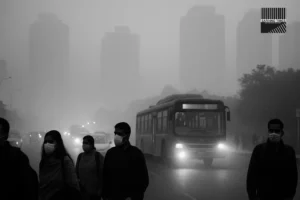
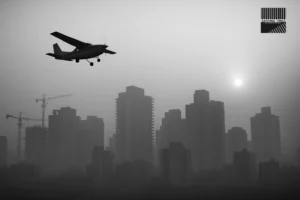

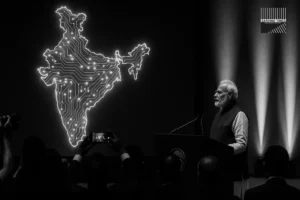
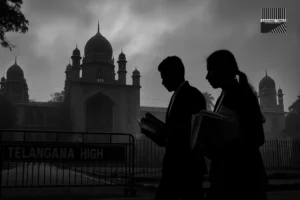
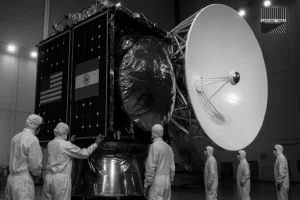



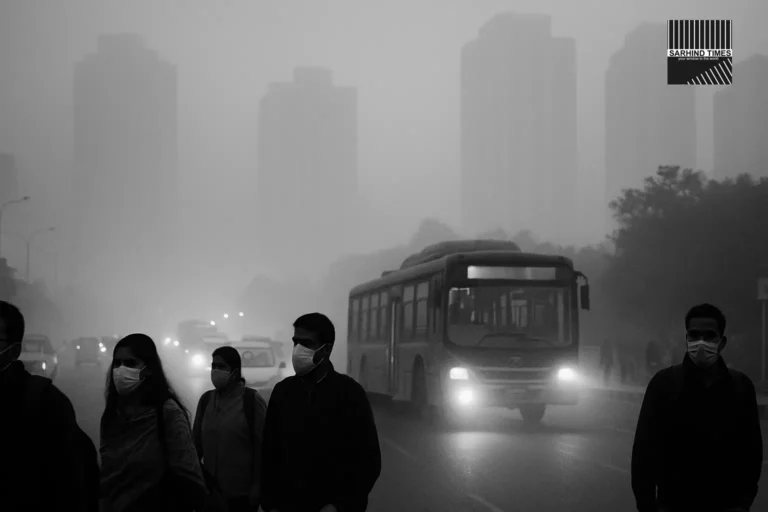




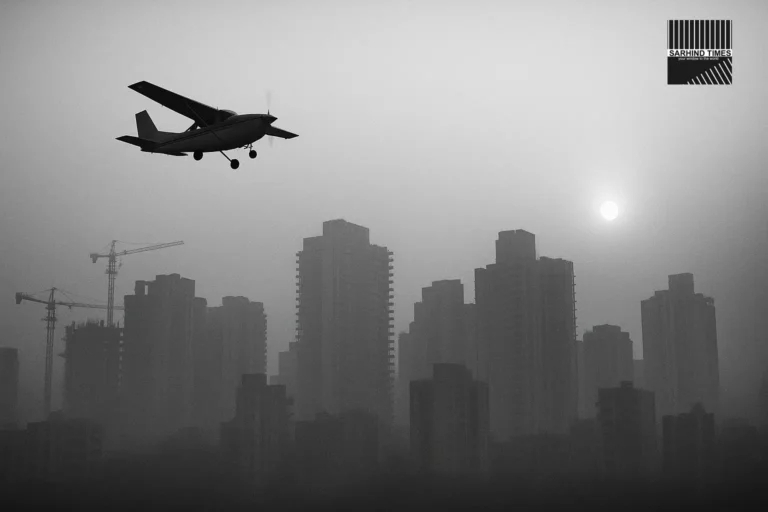

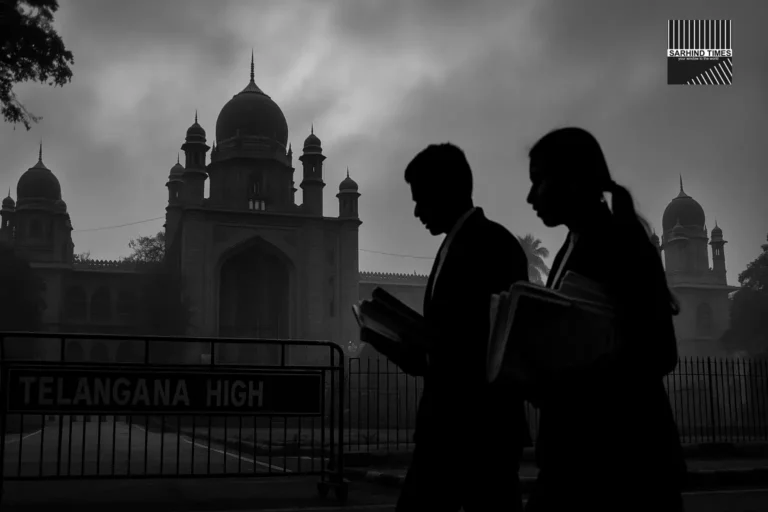
+ There are no comments
Add yours